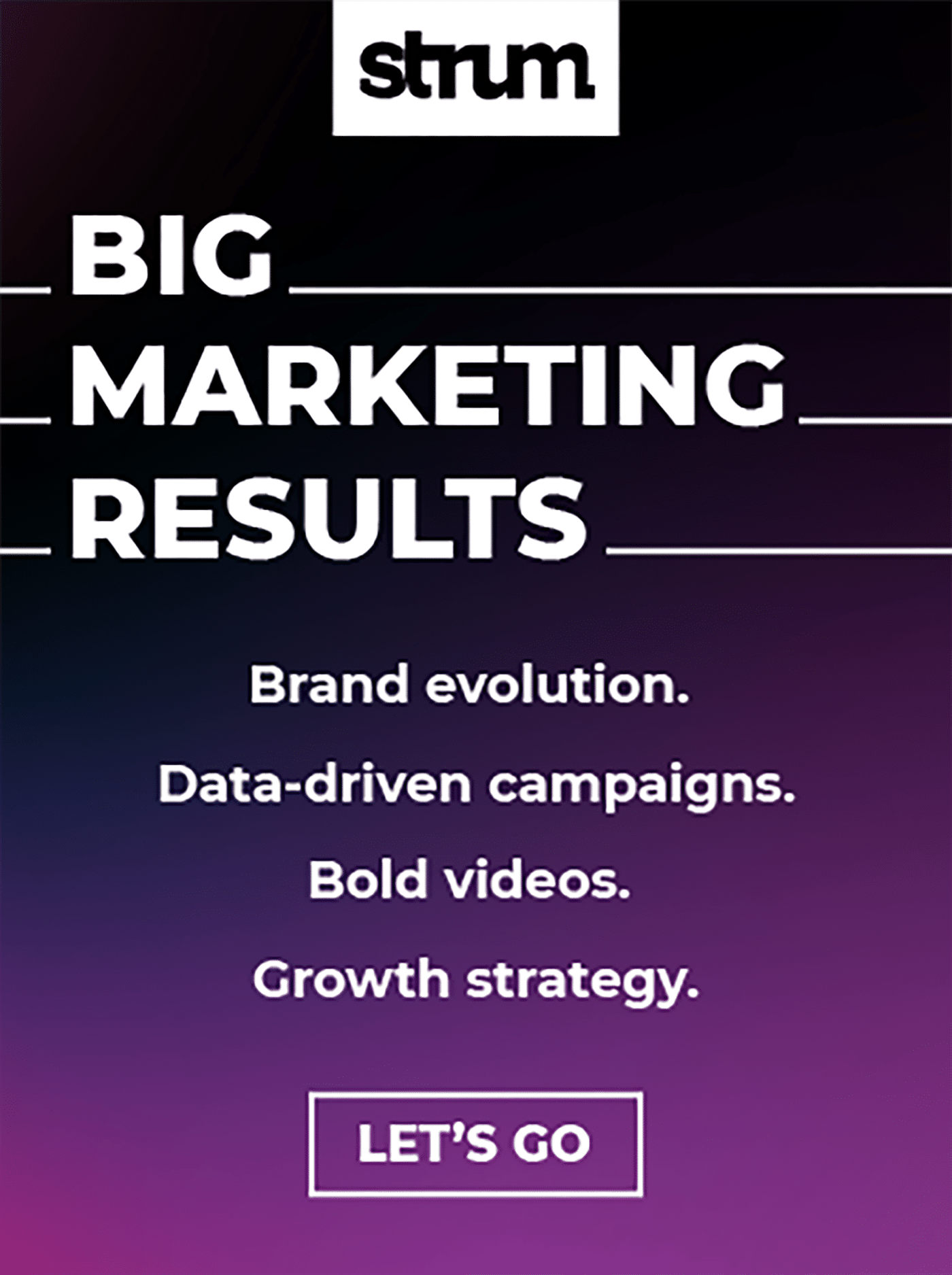A recent newsletter from The Financial Brand landed in our inboxes and opened with the following subject line: “NPS and Surveys Suck. Here’s What to Use Instead.”
At The DRG, we thought “Woah, that’s a bold statement.”
The subject line was in reference to the article, Don’t Ask Your Bank Customers If They’re Happy. Watch What They Do, Instead, which details recent perspectives from fintech specialists and analysts questioning the reliability of CX metrics like NPS and customer experience surveys as a whole. The article referenced the fact that these types of customer experience measurement tools often require a level of analytical sophistication many banks may not have in their infrastructure. The prevailing conclusion was to trade NPS and customer surveys out in favor of digital experience platforms and observations of customer behaviors.
However, in working closely with several financial companies and banks as their customer research partner, we’d like to offer a different perspective.
While tricky, measuring customer satisfaction does not have to be a losing game. You can still extract value and insights from NPS studies, and customer surveys can capture what customers think, need, and feel when designed and executed according to best practices. And almost any bank can do this. More importantly, all experiences – digital, in-branch, call center, or otherwise – are worth understanding, analyzing, and optimizing. You’re investing in these experiences regardless, so it’s important to understand how changes big and small will impact your customers (and bottom line).

The unfair advantage for financial brands.
Offering aggressive financial marketing strategies custom-built for leaders looking to redefine industry norms and establish market dominance.

Modern Customer Journey Mapping
Customers navigate a multi-touch, multi-channel journey before interacting with your brand. Do you deliver successful and seamless experiences at every touchpoint? Download webinar.
NPS Isn’t Designed to Be a Single Source of Truth for Satisfaction
Banking customers have become quite complex…and so is the work that must go into understanding them. Perhaps that’s why so many look to metrics like NPS to inform their customer experience and even broader business initiatives. The appeal of NPS – when it first came out and still today – is that it’s easy to understand. As The Financial Brand article says, it’s long been touted as a single source of truth that will tell banks all they need to know about their customers to make experience improvements.
The article goes on to cite tech startup operator and author C.J. Gustafson, who says, “Someone actually trying to improve their company would never ask for such a naked metric, as it’s impossible to rely upon it for operational improvements.”
But here’s the problem with Gustafson’s point: While we agree that there is no such thing as a single metric that can fully capture the value and strength of your customer relationships, NPS isn’t designed for that. Neither is any other north star metric – not your Customer Satisfaction Score (CSAT), Customer Effort Score (CES), or Customer Lifetime Value (CLV). The function of these metrics isn’t to tell you how to make company-wide operational improvements; their function is to alert you that operational or experience improvements may need to be made according to customer feedback.
However, they each still add value in their own right. And they still can serve as benchmarks within your CX story. In fact, when used according to best practices, customer research, and satisfaction metrics in particular, can bring financial institutions – even those with limited capabilities and resources – a ton of value. It’s how you leverage them to paint a full picture of your CX that really matters.
Read more:
- Recognizing ‘Silent Attrition’ Is Key to Maintaining Loyalty in Banking
- Winning When Customers Win: Transforming Consumer Finance
Build Context to Find The “Why” Behind Any Satisfaction Score
NPS, or any customer satisfaction metric on its own, may tell you something needs improvement, but it won’t tell you why, how, or what to do about it. To find the “why,” behind any key metric (NPS or otherwise), you can start by cross referencing other CX metrics and journey analytics, channel operational metrics, plus outside sources such as competitive intelligence, industry benchmarking reports, and social listening insights (to name just a few) to build context.
Even customer ratings, too, need this type of context. For example, The Financial Brand cites a study from a call center software startup that “uncovered evidence to suggest that most customer ratings can’t be trusted.” The study cites that “nearly half of respondents said that they had felt pressured to give a five-star rating to a customer service person who didn’t deserve it” by that same customer service person. It also said similar numbers reported that they “had been offered a ‘perk’ or reward in exchange for a high rating.”
If a bank’s call center employees are soliciting high ratings via pressure, perks, or incentives, there’s likely a much bigger operational problem happening that may require research into how employee experience, training, and perceptions are impacting the customer. And, if you dig into operational call center metrics to build additional context to ratings, you can start to find out what’s really going on.
This is a good example of why context is key when it comes to CX measurement and evaluation. However, many companies make the mistake of evaluating ratings and scores in a vacuum, which can easily mislead you into a hasty business decision if you aren’t careful.
To give a different example, one of our banking clients launched an upgrade to their mobile app in response to customer satisfaction feedback. However, following the upgrade, satisfaction scores dropped below pre-launch levels. Based on past experience, the bank hypothesized that customers may need a few months to adjust to new features, causing a temporary dip in satisfaction. Yet, several months later, satisfaction scores remained lower, and the bank was prepared to invest in additional research and app changes to drive numbers back up.
Instead of conducting further research (at significant cost to the bank), we encouraged them to first dive deeper into their data and cross reference it with other third-party sources that could build more context around their first-party data. After doing so, we discovered there had been a substantial increase in the proportion of younger customers participating in the survey. That alone might not have caused a shift in satisfaction, except other third-party sources have shown that customers in that age range report lower satisfaction levels than others.
As a result, we found the larger proportion of younger customers in the study was driving down satisfaction levels overall. This more in-depth insight into the generational differences in experience armed the bank with a clearer understanding of their upgraded mobile app performance and saved them from ultimately chasing their tail over a satisfaction score that had a deeper story.
As this situation shows, leveraging all your VoC sources allows you to understand the true significance of your customers’ subjective feedback – whether it’s relationship level feedback collected via NPS survey, or something more granular like call center service feedback collected in real time.
Ultimately, all of these insights together should serve as a decision guide, helping you identify improvements and drive action by creating and supporting a strong, well-informed understanding of your customers’ attitudes and behaviors.
Ensure Your CX Surveys Get You What You Need
One of the major challenges with customer surveys is ensuring they are designed and executed with the end goal in mind. And not just the goal of a single survey, but the broader business questions it can answer and larger objectives it can help inform and achieve.
So, how can you ensure your surveys get you the insights you need to make informed decisions about your customers? When we’re consulting with our clients, we recommend focusing on the following three areas:
1. Zero in on what’s most important for your business
Before you begin a survey initiative, document your primary objectives and key improvement areas for your business as a whole. Aligning your research goals (north star metrics, supporting metrics, etc.) to these objectives is paramount to a successful research effort of any kind.
For example, if sales are down for a specific product (cards, loans, checking, mortgage, etc.) start by looking into feedback from customer segments who’ve recently used those products. In addition to considering what’s important from a business perspective, identify what areas are most important to your customers and what their biggest reported pain points are in those areas.

2. Layer in qualitative and operational feedback
With so much quantitative data available, you might find yourself digging deep into survey scores without getting at the underlying factors impacting the customer experience. Much like you shouldn’t rely on a single data source for insights, it’s also important not to rely on quantitative data alone. Don’t overlook the value of thoughtfully phrased open-ended questions in your surveys. From a website useability perspective, you can look to session replay tools. We also encourage taking your qualitative a step further with methods such as focus groups.
While quantitative data, scores, and customer ratings may help you benchmark customer experiences, qualitative feedback will help you uncover the reasons why certain experiences may be causing frustrations. The same goes for operational feedback from your customer service center.
For example, if your customer satisfaction scores are low for your service center, you may consider looking at operational data such as first response rate, average handle time, and first call resolution. This can help you understand which specific aspects of that experience are impacting satisfaction the most.
Overall, layering qualitative and operational feedback in with your quantitative data brings your voice of the customer (VoC) to life in ways quantitative alone can’t, putting sentiments into greater context and bringing strong customer emotions into focus.
3. Share insights cross-functionally
In order to take full advantage of the opportunities uncovered by your research, be sure to share your insights across all relevant teams and stakeholders. This helps you ensure insights aren’t siloed and that feedback loops can be closed effectively.
How you choose to communicate your customer research insights can impact how quickly your stakeholders understand the findings, recognize what changes need to be made, and act to improve your products, services, and customer interactions. Don’t be afraid to get creative with how you present the data so it’s quickly digestible for stakeholders. That might mean cutting down on jargon in favor of higher-level, impact-focused language. Consider using marketing tactics like videos, infographics, or even internal campaigns to communicate and continually reinforce insights.
Don’t Lose Sight of What Matters Most
Above all, no matter what size investment you make in your research and no matter the size of your organization, you can still experience great success in your customer experience measurement initiatives.
Make sure you are leveraging all tools and VoC sources (paid and free) available to you. Instead of trying to squeeze insights out of a single metric or forgoing surveys or research altogether, do what you can do and do it really, really well. Focus on the “why” behind your scores and put your customers at the center of every decision.
And always aim to close the loop on customer feedback not only internally, but also by letting customers know that reported issues are being addressed and fixes put in place. This lets them know they are being heard and action is being taken, which can help ensure they stay a loyal customer.
If you prioritize your specific business needs up front, always add more context, and share your findings to get buy-in across your company, you just might find that NPS is good at what it does, and customer surveys don’t suck.
The DRG is a full-service marketing research firm and consultancy helping businesses keep customers at the center of their organization, build profitable brands, refine their products and services, and optimize their marketing strategy. In business for 50 years, The DRG works with clients in a diverse mix of industries, including banking and financial services, healthcare and insurance, and marketing and business consultants. In addition to being a certified Women’s Business Enterprise, The DRG is also ISO 27001 certified.







